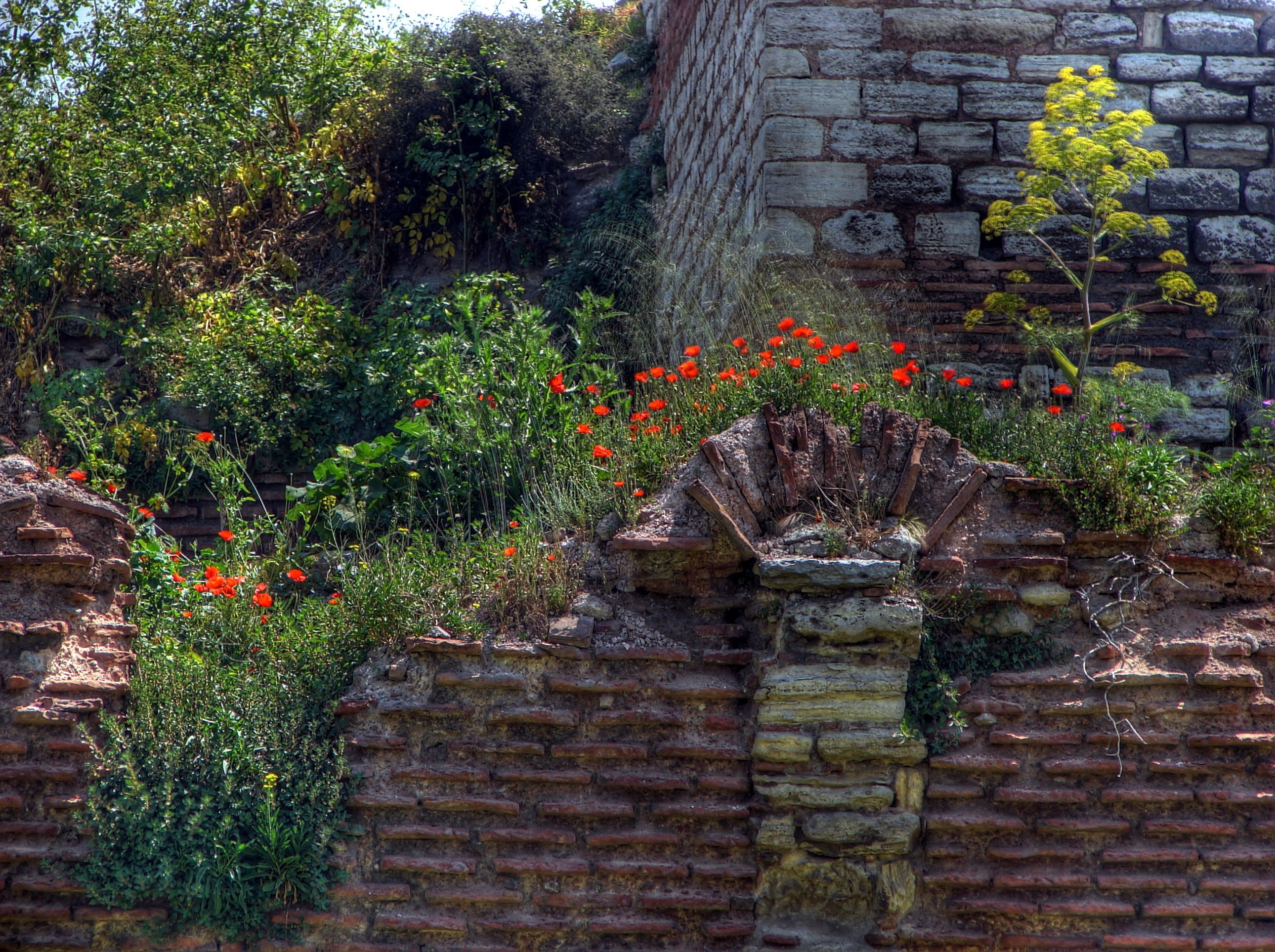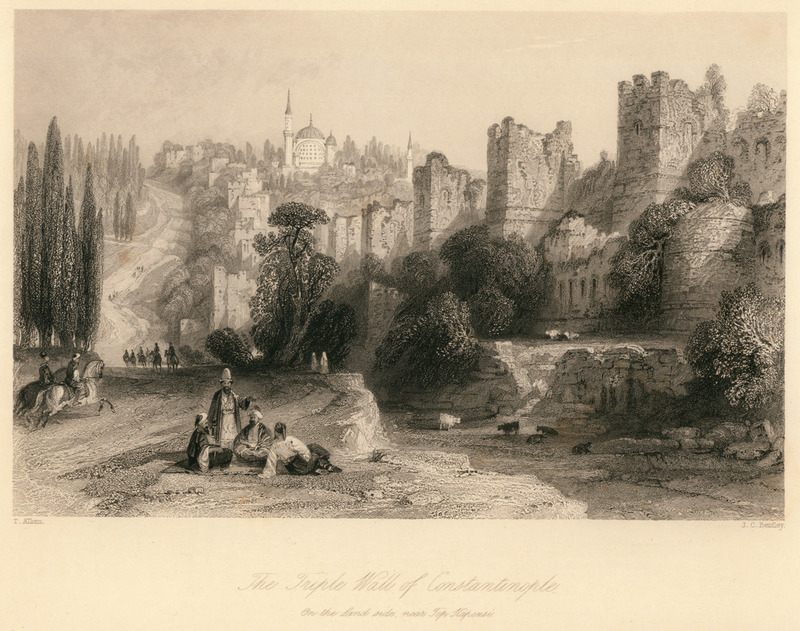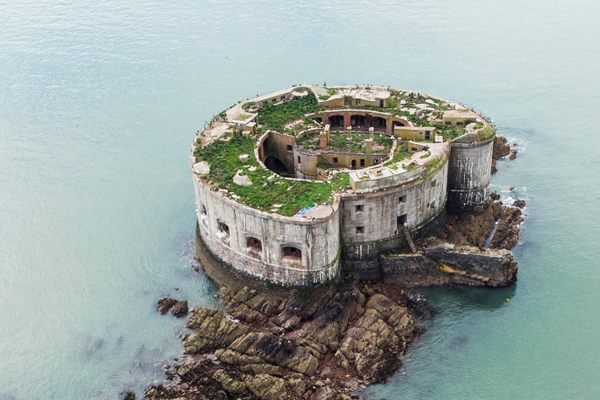Invasive, Photogenic Plants Are Taking a Toll on Istanbul’s Ancient Walls
One researcher is recommending a zero-tolerance policy.

The sight of creeping vines, crawling roots, or clinging weeds on an ancient structure—ruins, old walls, a temple hemmed in by jungle—can be a photographer’s dream. Take a place like Istanbul’s old city walls and gates. These fortifications protected the city from sieges and invaders for 800 years. Today, visually appealing tufts of green accent some sections of the miles of walls, but they also represent an invasion that the fortifications might not be able to shrug off without some help.
The walls, a major tourist destination in and around Istanbul’s historic core, present a serious, large-scale preservation and restoration challenge. Recently, forestry researchers from Istanbul University have raised alarms about the plant life next to, around, and on top of the walls. Hüseyin Dirik, a silviculturalist at the university told the Demirören News Agency that non-native plants, such as nettle trees, acacias, willows, and poplars, are having a particularly damaging effect on the walls. Ailanthus altissima, for example, also known as the tree of heaven, is one of the most widespread invasive urban trees in the world. The roots of this tree, native to East Asia, can grow quickly across a wide area, cracking walls apart dozens of feet from the trunk. This process takes time, but roots aren’t the only ways that overgrowth damages old structures. “When plants colonize, they also create habitat and can collect soil, facilitation colonization by additional species, including molds and mosses,” says Laura Meyerson, professor at the University of Rhode Island specializing in invasion biology and restoration ecology.

Dirik suggests that invasive plants should be removed immediately from around any historic site, at the “first sight of germination,” and that smaller weeds should be removed yearly. Potentially damaging plants nearby, he suggests, can be replaced with less damaging local species. Meyerson echoed those sentiments, saying, “The most prudent course is to remove invasive plants from the structures as soon as they are noticed.” Meyerson is working on research, to be published later this year, that shows that old structures like Istanbul’s walls can actually help spread invasive species within a city and its green spaces.
This is all, of course, natural. Plants colonize exposed rock faces in the same way. So how do you stop nature from taking its course?
“Natural succession can be manipulated by humans, it can be accelerated or set back,” says Bill Cook, a forester and ecologist at Michigan State University, via email. “That’s a fundamental tenet of forest management. In the case of a historic site, vegetation management would need to be a perennial effort. Not necessarily every year, but regular.”

























Follow us on Twitter to get the latest on the world's hidden wonders.
Like us on Facebook to get the latest on the world's hidden wonders.
Follow us on Twitter Like us on Facebook